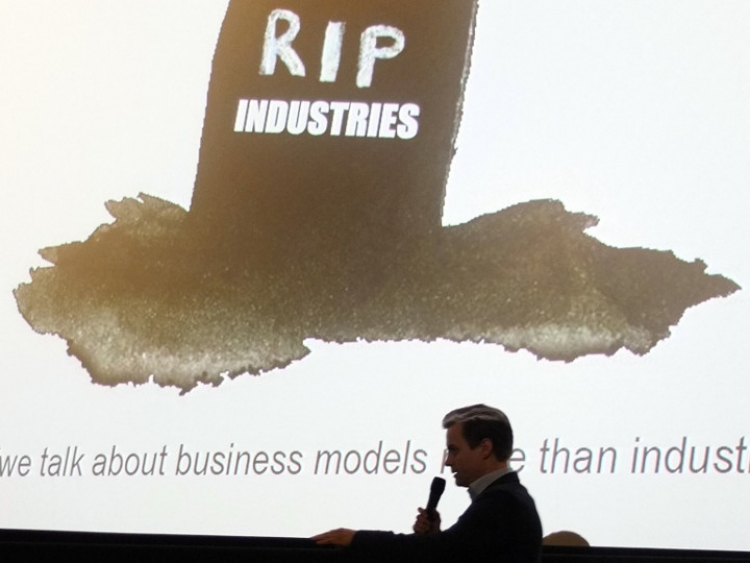Yes, actually we have a great case with collaboration with the Danish Ministry of Foreign Affairs. One of their aims is to support Danish SMEs going abroad and they wanted us to develop a procedure for a leaner market entry, a program called InnovationGrowth, based on our previous work and research on companies and their business models. Early in the process we found out that companies going to other markets usually assumed that their business would operate in the new market. However, we learned from this process that it is hard for SMEs to find a universal business model for all markets; instead you need to adjust your business model to the new market. Through case studies we found that the most important part of creating business models without borders is the value proposition and the key partners.
Therefore, as an SME you need to do initial tests for market traction (or proof-of-concept) of the business model (and especially the value proposition) on the foreign market and in most cases partner up with one or more partners from this market – and in that process look at these partners' business models and your own and try to create synergy between them. And importantly: adjust the new business model so that it doesn't cannibalise the partners' business model or your own business model in your local market.
Actually, the most successful cases were the ones that managed to have international marketing orientation and leverage foreign distribution competencies, i.e. get the local partners to perform certain activities either in creating value, delivery or the capturing process of the business model.
With this project, we managed to create an approach to eliminate non-value activities and reduce risks by launching a proven business model instead and we used the "business model language" and the business model canvas as a tool to analyse a company, document assumptions, give fast feedback, find the biggest risks and test them in relation to foreign markets. And as far as I know, the Danish Ministry of Foreign Affairs still uses this procedure after our project with them ended with train-the-trainer sessions with Danish consultants and the business consultants working at the Denmark Innovation Centre all around the world.
According to your research, what can the biggest mistakes in a business model be?
The assumption that the customers want what we or our competitors are used to offering them. Another "customer-related" mistake in business models is that a lot of companies lack customer focus as well as intensive knowledge about them.
For start-ups I think that the biggest mistake is to fail the Product/Market fit, in other words taking for granted that your customers value what you offer them and that they are willing to pay for this value. It is a known fact that more start-ups fail from a lack of customers than from a failure of product development. So don't think your customers exist to buy – YOU exist for them. Nailing the value creation and value delivery processes is essential for a business model to succeed.
For existing companies, I think that the biggest business model mistake is to forget that business models can actually expire. Neglecting to focus on continuous business model innovation, development, or adjustment and by that being reactive (and not proactive) actually kills businesses all over the world. We have seen a lot of examples of this in the past (just think of KODAK or NOKIA) and my guess is that we will keep on seeing this in the future.
Business model innovation is all about how to create value for customers in new ways. So don't stay in the past – be proactive!
Inspiration lunches
The inspiration lunch series for creative entrepreneurs was launched in 2013 and is organised by the Finnish Institute, Creative Estonia and the Nordic Council of Ministers Office in Estonia. In spring 2015 there were three lunches: 'Idea to Sell! How to Outsource Production', 'Tested Innovation Model: Creativity + IT', 'Business Models without Borders'.

